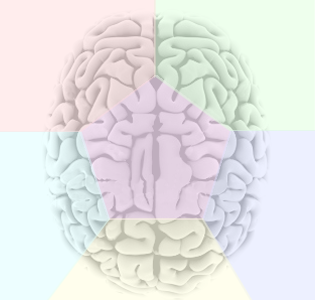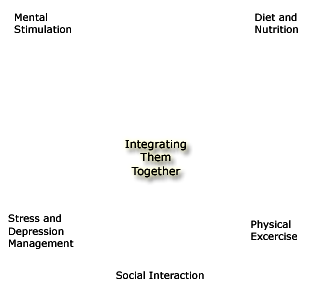Vitamin D, Curcumin May Prevent and Treat Alzheimer’s
A form of vitamin D3 together with curcumin, a chemical found in the spice turmeric, may stimulate the body’s immune system to clear amyloid beta from the brain. Amyloid beta are waxy deposits that result from the degeneration of tissue and form plaques that are a distinguishing characteristic of Alzheimer’s disease.
“We hope that vitamin D3 and curcumin, both naturally occurring ingredients, may offer new preventive and treatments possibilities for Alzheimer’s disease,” said Dr. Milan Fiala, researcher at the David Geffen School of Medicine at UCLA.
Scientists from UCLA and UC Riverside and the Human BioMolecular Research Institute took blood samples from nine Alzheimer’s patients, and also from a patient with mild cognitive impairment and three healthy subjects. They isolated the monocyte cells, which change into macrophages that neutralize waste products in the brain and body, including amyloid beta. The researchers took the monocyte cells and incubated them with amyloid beta, vitamin D3, and either natural or synthetic curcumin.
The researchers found that curcumin molecules enhanced the ability of amyloid beta to bind to macrophages, and vitamin D stimulated the uptake and absorption of amyloid beta in macrophages in a majority of patients. They also found that the potency of natural curcumin was low and was less effective than synthetic curcumin.
“We think that some of the novel synthetic compounds will get around the shortcomings of curcumin and improve the therapeutic efficacy,” said John Cashman, of the Human BioMeolcular Research Institute, who developed the synthetic curcuminoid compounds used in the study.
Earlier research had found that some Alzheimer’s patients respond positively to curcuminoids, while some do not. “Since vitamin D and curcumin work differently with the immune system, we may find that a combination of the two or each used alone may be more effective — depending on the individual patient,” he said.
NEwsmax.com Health Alert
Prevention Strategies 








- FREE SPECIAL REPORT AND UPDATES
For free monthly updates on the latest practical research related to brain health and memory improvement, and a free 23 page report on How to Prevent or Arrest Alzheimer's, Click here. Recent Comments
Archives
- July 2019
- November 2018
- September 2018
- July 2018
- June 2018
- April 2018
- February 2018
- January 2018
- December 2017
- October 2017
- September 2017
- August 2017
- June 2017
- May 2017
- March 2017
- January 2017
- December 2016
- October 2016
- September 2016
- August 2016
- June 2016
- May 2016
- April 2016
- March 2016
- February 2016
- January 2016
- December 2015
- November 2015
- August 2015
- July 2015
- June 2015
- May 2015
- April 2015
- March 2015
- February 2015
- January 2015
- November 2014
- October 2014
- September 2014
- August 2014
- July 2014
- June 2014
- April 2014
- March 2014
- February 2014
- January 2014
- December 2013
- November 2013
- October 2013
- September 2013
- August 2013
- July 2013
- June 2013
- June 2012
- February 2012
- January 2012





